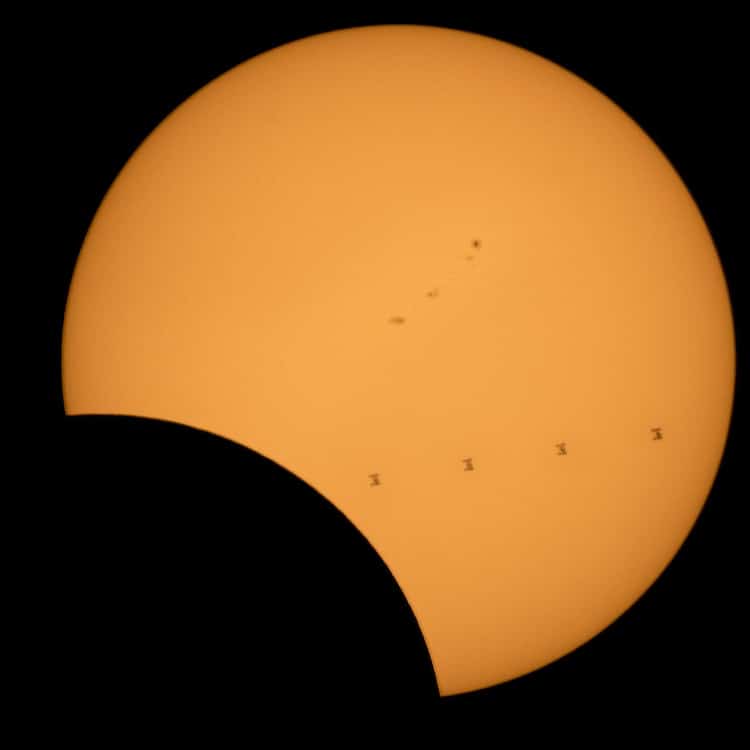
Composite image, made from 4 frames, showing the International Space Station, with a crew of six onboard, as it transits the Sun at roughly five miles per second during a partial solar eclipse, Monday, Aug. 21, 2017 from Northern Cascades National Park in Washington. (Photo: NASA/Bill Ingalls)
The spectacular total solar eclipse on August 21, 2017 was witnessed by millions in the United States. But perhaps no one appreciates the rare phenomenon more than the scientists, researchers, and astronauts of NASA. In anticipation of the event, which hadn’t occurred for 99 years, the organization even set up a special Eclipse 2017 website.
NASA is known for its ability to capture incredible images of the solar system, whether they’re detailed images of Jupiter taken with the JunoCam or fly by photographs of Pluto. So, it’s only fitting that they were able to get some interesting photographs of the 2017 total solar eclipse. Whether taken from outer space or planet Earth, NASA is publishing its best photographs to Flickr. How else could you see the moon’s shadow passing over the planet?
And the fun doesn’t end there. NASA is collecting total eclipse photos in a special Flickr group open to the public. This effort to engage the public in all things space related is common to organization, as it continues to encourage interest in astronomy.
Let’s take a look at some of the best NASA imagery of the 2017 total eclipse, a memorable moment in history.

Composite image of eleven pictures showing the progression of a total solar eclipse at Madras High School in Madras, Oregon. (Photo: NASA/Aubrey Gemignani)
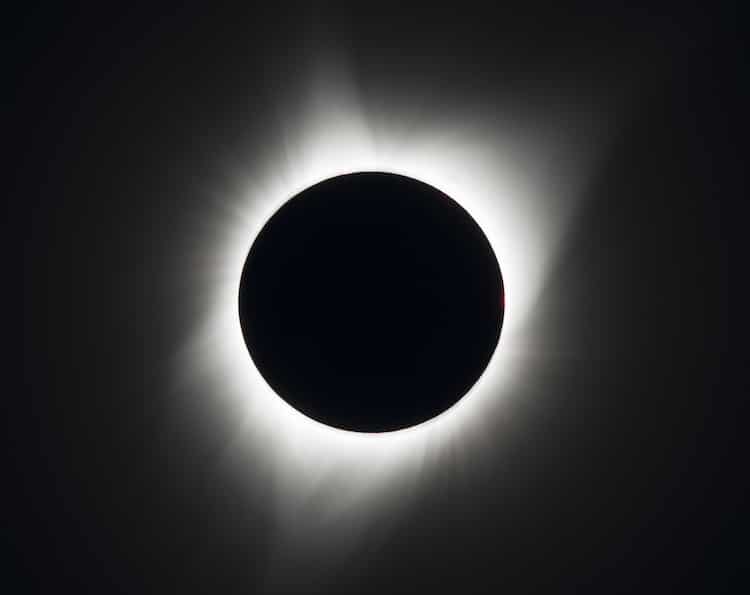
Madras, Oregon. (Photo: NASA/Aubrey Gemignani)

Composite image showing the progression of a partial solar eclipse over Ross Lake, in Northern Cascades National Park, Washington. (Photo:NASA/Bill Ingalls)
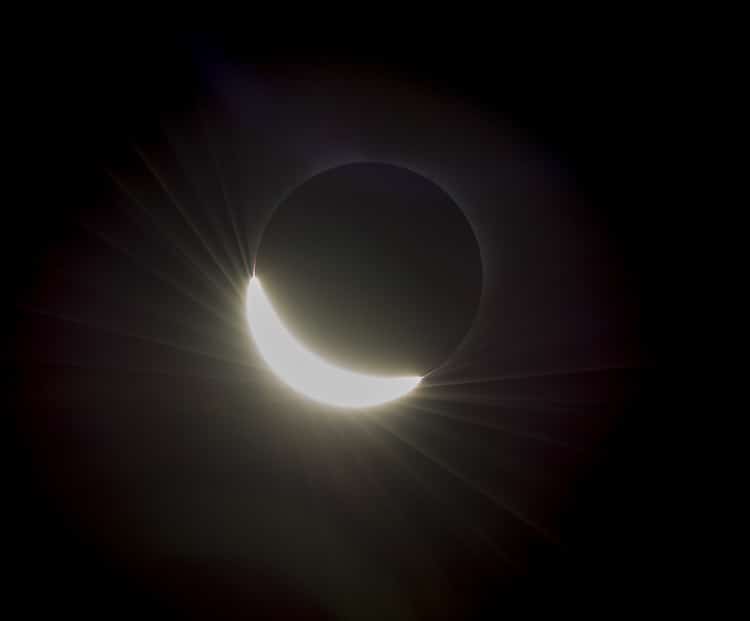
Madras, Oregon. (Photo: NASA/Aubrey Gemignani
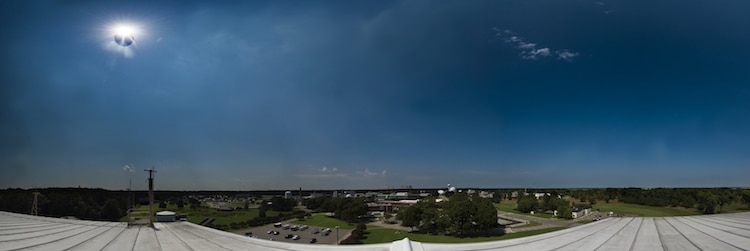
Panoramic view of the 2017 solar eclipse as seen at NASA’s Langley Research Center in Hampton, Virginia. (Photo: NASA Langley/Harlen Capen and George Homich)
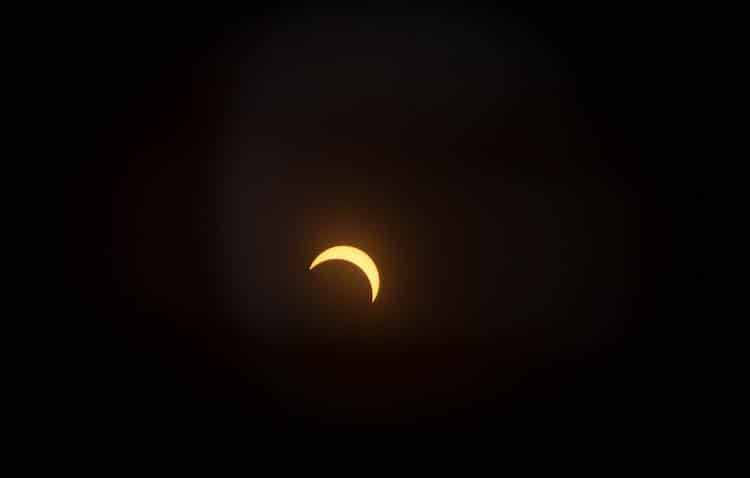
View of the partial solar eclipse from NASA’s Goddard Space Flight Center in Greenbelt, Maryland. (Photo: NASA/Goddard/Rebecca Roth

The Diamond Ring effect as seen in Madras, Oregon. (Photo: NASA/Aubrey Gemignani)

Composite image of nine pictures showing the progression of a partial solar eclipse near Banner, Wyoming. (Photo: NASA/Joel Kowsky
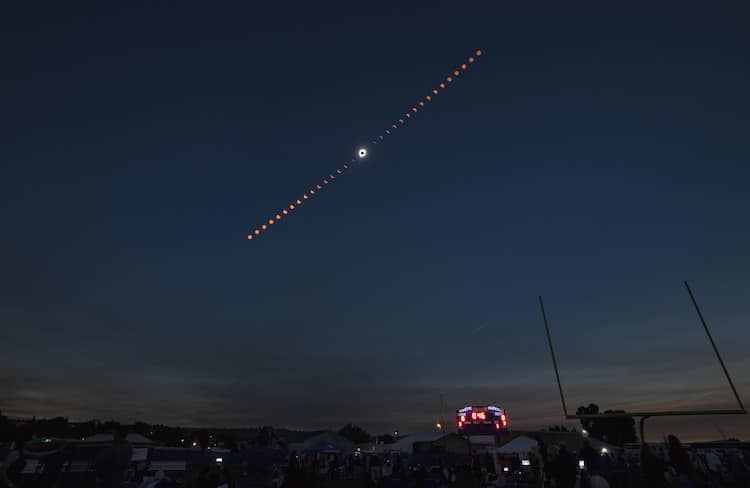
Composite image showing the progression of a total solar eclipse over Madras, Oregon. (Photo: NASA/Aubrey Gemignani)
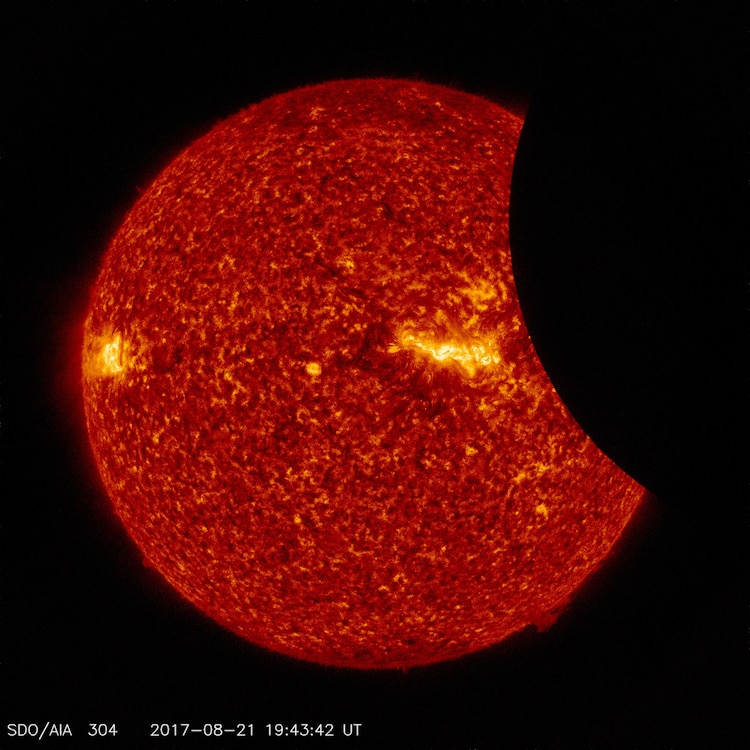
Image of the Moon transiting across the Sun, taken by SDO in 304 angstrom extreme ultraviolet light. (Photo: NASA/SDO)
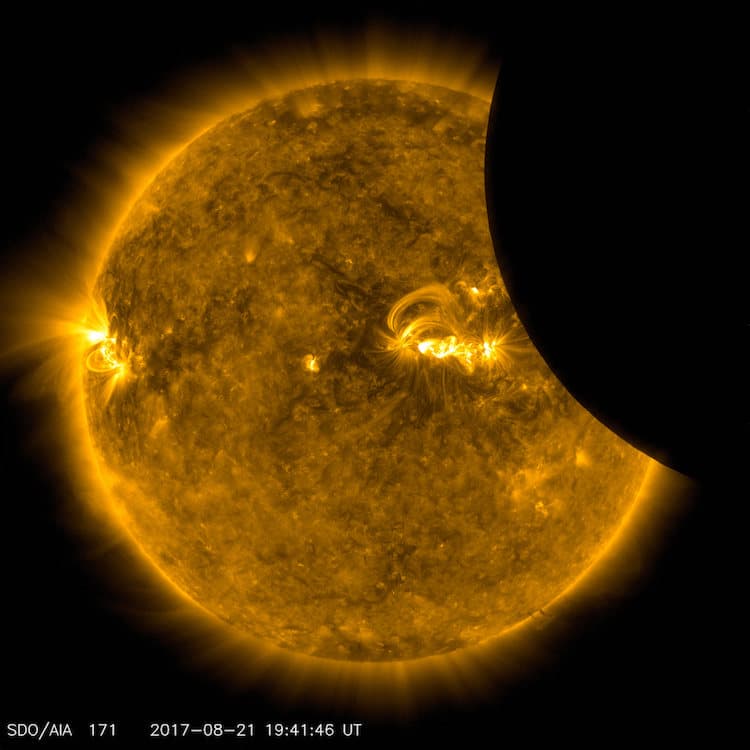
Image of the Moon transiting across the Sun, taken by SDO in 171 angstrom extreme ultraviolet light. (Photo: NASA/SDO

The International Space Station, with a crew of six onboard, is seen in silhouette as it transits the Sun at roughly five miles per second during a partial solar eclipse, Monday, Aug. 21, 2017 from Ross Lake, Northern Cascades National Park, Washington. Onboard as part of Expedition 52 are: NASA astronauts Peggy Whitson, Jack Fischer, and Randy Bresnik; Russian cosmonauts Fyodor Yurchikhin and Sergey Ryazanskiy; and ESA (European Space Agency) astronaut Paolo Nespoli. (Photo: NASA/Bill Ingalls)
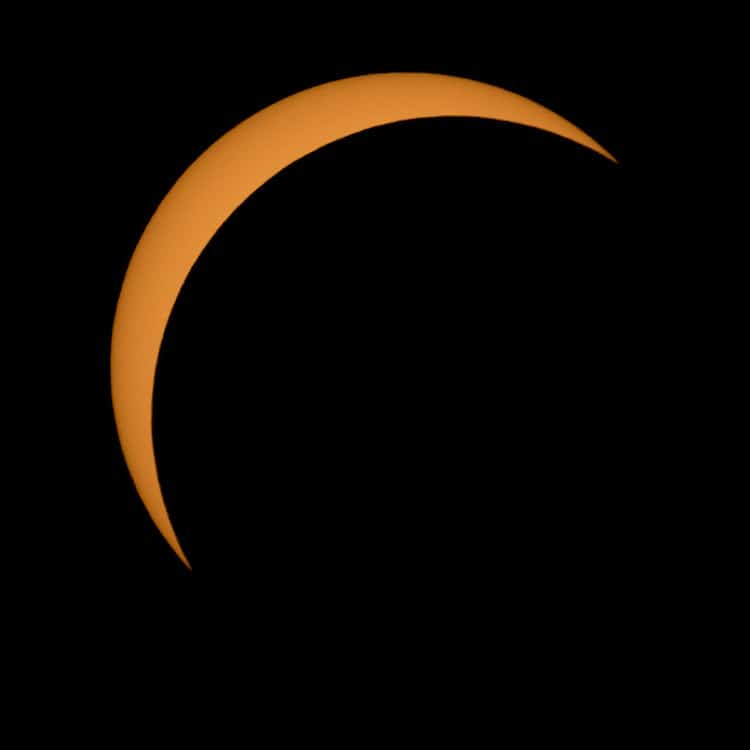
Ross Lake, Northern Cascades National Park, Washington. (Photo: NASA/Bill Ingalls)
Only NASA could bring us photos and videos of the moon’s shadow as it passes over the United States during the 2017 eclipse.
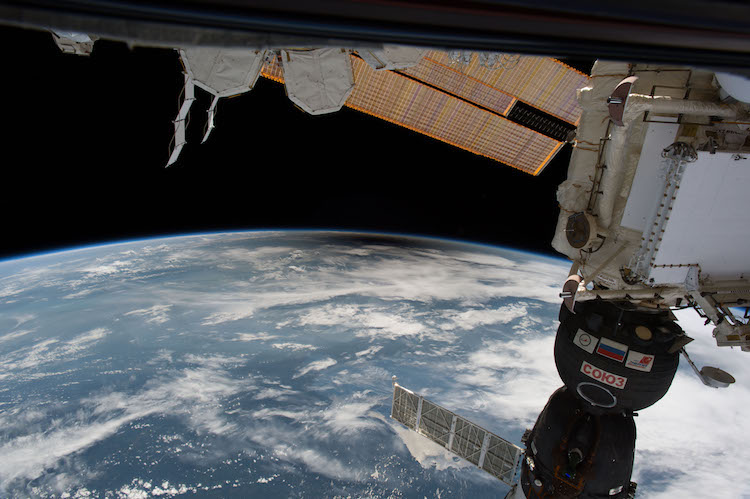
The Eclipse 2017 Umbra Viewed from Space. Viewing the eclipse from orbit were NASA’s Randy Bresnik, Jack Fischer and Peggy Whitson, ESA (European Space Agency’s) Paolo Nespoli, and Roscosmos’ Commander Fyodor Yurchikhin and Sergey Ryazanskiy. The space station crossed the path of the eclipse three times as it orbited above the continental United States at an altitude of 250 miles. (Photo: NASA)
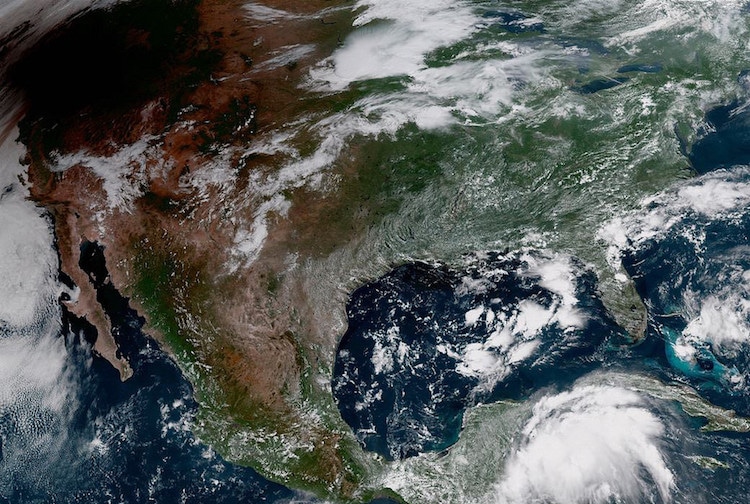
The shadow of the moon blots out the Pacific Northwest. (Photo: CIRA)
h/t: [PetaPixel, Twisted Sifter]
Related Articles:
20+ Spectacular Photos From the Rare Total Solar Eclipse Across the U.S.
Airplane Passenger Captures Stunning Video of Total Solar Eclipse From 38,000 Feet
